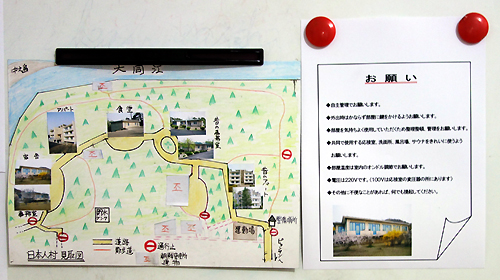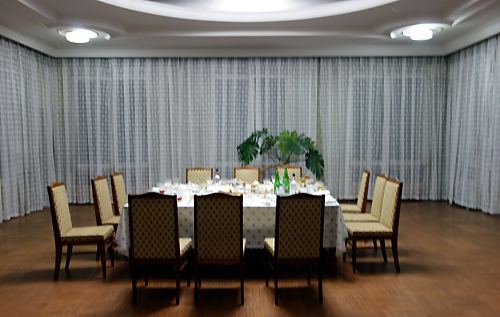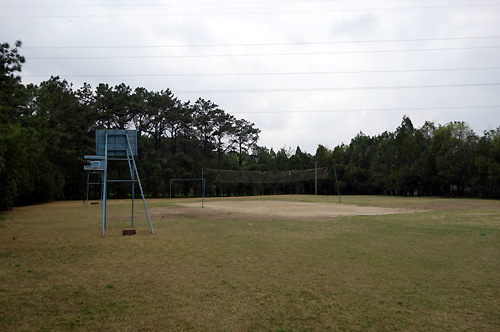Images taken by Reinin Shiino showing the so-called Yodogō Group’s “Japanese Village” in North Korea have been published by the Mainichi Shimbun. Taken in late April, the photos document the current state of the complex where Japan’s first hijackers have apparently resided since they took over the Yodogō JAL flight on March 31st, 1970.

Photo: Reinin Shiino
The incident took the nation by total surprise. At the time there wasn’t even a law against hijacking. The police, having arrested the bulk of the Sekigun-ha (Red Army Faction) membership over the previous months, including the leader Takaya Shiomi, probably believed the radical group’s power was on the wane.
The hijackers’ original plan was actually to fly the JAL plane on to Cuba. However, once they arrived in North Korea in April the regime would not let them go. They were converted to the state’s unique branch of communist ideology, chuch’e, and given a place to reside together.
These new images offer a rare glimpse into how the Yodogō Group are living today. What do they reveal? There is said to be a telephone capable of making international calls. While there is no Internet connection, a computer is available that can send and receive emails. There are also satellite receivers in the grounds, which would surely not be permitted for ordinary North Koreans.

Photo: Reinin Shiino

Photo: Reinin Shiino

Photo: Reinin Shiino

Photo: Reinin Shiino

Photo: Reinin Shiino

Photo: Reinin Shiino

Photo: Reinin Shiino

Photo: Reinin Shiino
It is far from the first time that journalists and others have been to see the aging hijackers in North Korea. Over the years many have visited and interviewed the former revolutionaries at their complex, which was originally quite a luxury facility even by Japanese standards, fitted with staff and expensive cars. However, this was as much to keep the Japanese revolutionaries under lock and key as provide them with earthly comforts. At least one of the hijackers and his wife is suspected of dying in an escape attempt.
But the hijackers were also not resting on their laurels as was believed. Yasuhiro Shibata was found to be back in Japan in 1988, as was his (estranged) wife, who claimed that she and the Yodogō Group had been involved in kidnapping Japanese citizens in Europe. Yoshimi Tanaka was also arrested in Southeast Asia.

Photo: Reinin Shiino

Moriaki Wakabayashi using a computer. Photo: Reinin Shiino

Photo: Reinin Shiino
At its peak there were said to be 36 people living at the site, formerly known as “Revolution Village”. Today, the police believe there are a mere six remaining (probably Shirō Akagi, Moriaki Wakabayashi, Kimihiro Uomoto, Sakiko Wakabayashi/Kuroda, Takahiro Konishi and Yoriko Mori).

Photo: Reinin Shiino

Photo: Reinin Shiino
Many years ago the former hijackers announced that they wished to return to Japan. If they did so, they would face immediate arrest for the hijacking and possibly also their suspected part in the kidnapping of Japanese citizens. Through the negotiations and assistance of supporters in Japan, spouses and children returned to Japan in 2002, though for now the surviving Yodogō Group remain in permanent limbo, albeit with email access and their own satellites.

